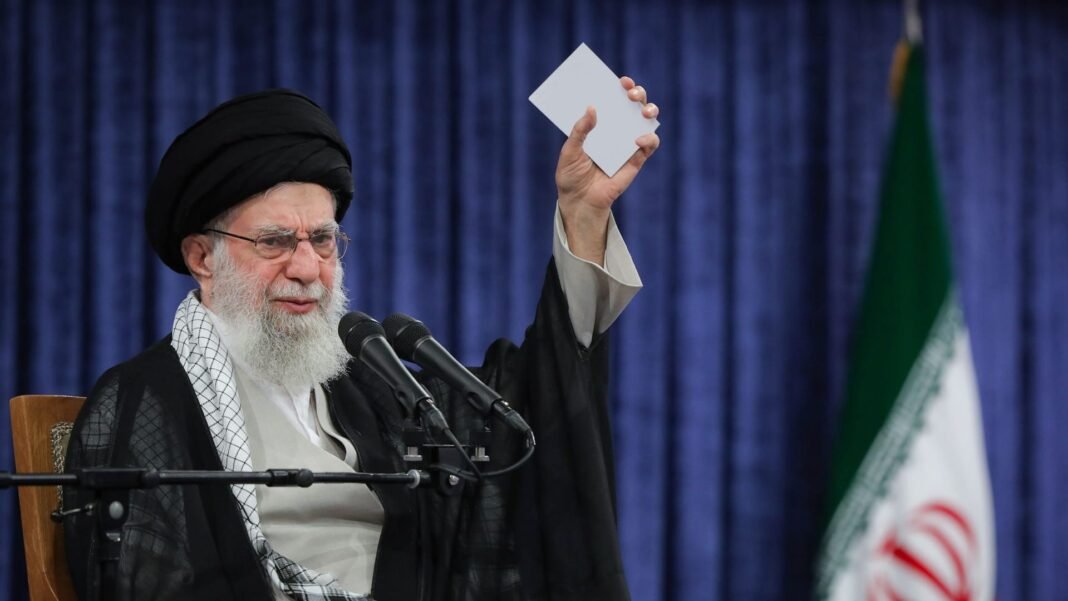Heightened Israel-Iran Conflict: Consequences for Global Oil Dynamics
Energy Supply Risks Amid Rising Hostilities
Teh intensification of clashes between Israel adn Iran has injected significant volatility into the global oil landscape.After an unexpected Israeli air raid targeting Iranian military and nuclear sites, missile exchanges have escalated, raising alarms about potential interruptions to vital energy flows.
Iran’s ballistic missile counterstrikes against Israeli targets have further amplified concerns over the security of critical energy infrastructure. For instance, an Iranian missile strike inflicted damage on Israel’s Bazan refinery complex, while retaliatory israeli attacks forced a partial shutdown at the South Pars gas field-a key shared resource between Iran and Qatar. These incidents highlight how vulnerable essential oil and gas facilities remain amid ongoing regional tensions.
Strategic Maritime Routes Under Increasing Threat
A primary source of apprehension among experts is Iran’s possible attempt to obstruct navigation through the Strait of Hormuz. This narrow channel serves as a crucial artery for Persian Gulf oil exports, with nearly 21 million barrels-about 20% of global petroleum-transiting daily. Any disruption here could trigger severe supply chain shocks worldwide.
The looming risk of a blockade has already pushed traders to factor in higher premiums on crude prices as they prepare for scenarios involving extended halts in shipments from one of the planet’s most prolific hydrocarbon regions.
Investor Behavior Amid Geopolitical Uncertainty
Market participants are navigating this turbulent environment with caution. Despite frequent missile exchanges becoming almost normalized, investors remain alert to sudden escalations that could destabilize markets further.
This wariness manifests in defensive long positions across commodity trading floors even as price swings grow more pronounced. The unpredictable interplay between geopolitical developments and supply-demand fundamentals complicates accurate forecasting at present.
Recent Price Trends Reflect Elevated Risk Awareness
The latest geopolitical upheavals have triggered swift upward movements in benchmark crude prices. Brent futures recently surpassed $76 per barrel for August delivery, driven primarily by fears over supply disruptions rather than increased consumption demand. Similarly, U.S.-based West Texas Intermediate (WTI) contracts edged close to $75 per barrel amid persistent uncertainty surrounding Middle East stability.
This contrasts sharply with earlier months when ample production from OPEC+ members combined with sluggish global demand had pushed prices down near $50 per barrel levels worldwide.
Industry Leaders Voice Concerns Over Supply Stability
- TotalEnergies, Shell, and EnQuest‘s executives warn that ongoing assaults on critical energy infrastructure risk straining international supply chains severely if hostilities continue or escalate further.
- “The outlook remains highly volatile,” says sector analysts who note that while some production zones operate normally elsewhere, localized disruptions already ripple through global markets affecting pricing dynamics significantly.
Forecasting Oil Market Trajectories Amid Conflict Escalation
If tensions broaden-especially involving direct U.S.military intervention-the repercussions could be profound across energy markets globally. Some experts suggest this crisis might rival or exceed historic events such as Iraq’s 1990 invasion of Kuwait or even surpass impacts seen during the 1974 Arab oil embargo regarding price volatility and market disruption potential.
“there is roughly a 5% probability that crude prices will climb beyond $103 per barrel within five weeks,” industry observers estimate.
“In worst-case scenarios where Persian Gulf exports face serious interruption before summer concludes, prices could spike up to $160 per barrel.”
The Growing Risk Premium Driving Market Volatility
An elevated geopolitical risk premium currently adds approximately $10 per barrel onto existing price levels-a reflection not only of actual export disturbances but also speculative positioning fueled by anxieties over iranian export capabilities and tanker operations worldwide amidst heightened conflict risks.
A contemporary Reflection on Ancient Energy Crises
This current turmoil echoes previous episodes where regional conflicts caused sharp surges in energy costs; however today’s interconnected markets accelerate these effects due to just-in-time inventory strategies widely adopted across industries globally.
For example:
- The Gulf war in 1990 saw Brent crude nearly double within months following Iraq’s invasion of Kuwait;
- The September 2019 drone strikes on Saudi Arabia’s Abqaiq facility instantly removed around 5% of daily global oil output;
Together these instances demonstrate how fragile supply chains become when geopolitics intersect concentrated production hubs-and why vigilance remains essential amid ongoing Middle Eastern instability today.





